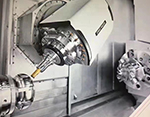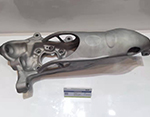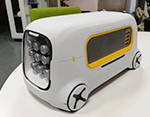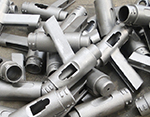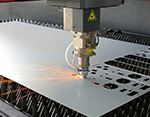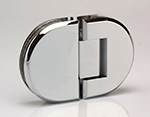-
Service
+
- CNC Precision Machining Service +
- Multi-Axis Simultaneous Machining Service +
- CNC Turning Service +
- Metal 3D Printing Service +
- Rapid Prototyping Service +
- Die Casting Service +
- Sheet Metal Fabrication Service +
-
Finish Serivces
+
- Polishing
- Grinding
- Brushed Finish
- Sand blasting
- Painting
- Powder Painting
- Anodizing
- Hard anodizing Service
- Passivation
- Zinc Plating
- Nickel Plating
- Chrome Plating
- Blackening
- Black Zinc Plating
- Teflon Coating
- Titanium Coating
- DLC Coating
- Laser Marking
- Silk Screen Printing
- Transfer Printing
- Micro Arc Oxidation
- Industries +
- About Us +
- Resource +
- Contact Us
- Quote

-
Service
-
>
-
>
-
>
-
>
-
>
-
>
-
>
-
>
-
- Industries
- About Us
- Resource
- Contact Us
High-precision Machining of Copper
Copper is one of the most versatile metals in the world, with high corrosion resistance and good electrical and thermal conductivity. It also has excellent material and electrical properties, making it ideal for industries such as the power, automotive, medical and aerospace industries.Pure copper is a difficult metal to machining. Copper has a lustrous reddish-orange appearance. It is also highly ductility, plasticity and toughness. Copper is the best conductor of electricity while being relatively inexpensive. It also has good electrical and thermal conductivity and corrosion resistance, making copper machined parts very popular in electrical applications. Because of its electrical conductivity, copper is very suitable for electrical applications such as electronics and communication equipment.
Copper
Pure copper is a difficult metal to machine because of its high ductility, plasticity and toughness. Pure copper is a soft metal, the surface is red-orange with metallic luster when it is just cut, and the monomers is purple-red. Copper is one of the most versatile metals in the world. It has high corrosion resistance and good electrical and thermal conductivity. It also has excellent material and electrical properties, making it ideal for industries such as the power, automotive, medical and aerospace industries.
Since pure copper is difficult to machine, alloyed copper improves its machinability and even makes copper alloys easier to machine than most other metallic materials. Most machined copper parts are made of copper alloyed with zinc, tin, aluminum, silicon and/or nickel. These alloys require much less cutting force than machining steel or aluminum alloys of comparable strength. Among them, copper alloy 101 and copper alloy 110 are the most widely used copper alloys.
Copper 101
Copper 101 or oxygen-free copper is the name of an extremely pure metal with a copper content of approximately 99.95%. It is a copper with excellent electrical conductivity and high corrosion resistance and toughness. It is a very popular choice for electrical components and conductors because of its high thermal conductivity. It is also used as a base material for brass and bronze alloys. Its high electrical conductivity makes it ideal for busbars, waveguides and coaxial cables.
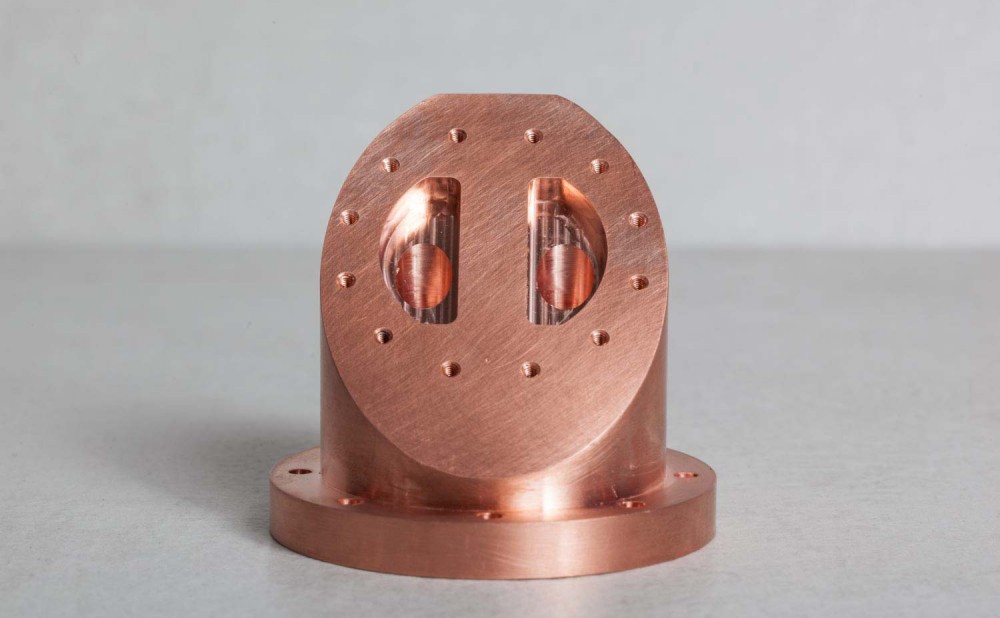
C101
Copper 110
Copper (C110) is a 99.9% pure copper alloy with high thermal conductivity and good corrosion resistance generally suitable for electrical applications. Copper 110 is known for its ductility, malleability, excellent thermal conductivity and electrical conductivity. Copper 110 or electrolytic hard pitch (ETP) copper is another high purity option. It is the most widely used copper alloy because it is more cost-effective and suitable for most electrical applications. This grade is also easier to machine than Copper 101.
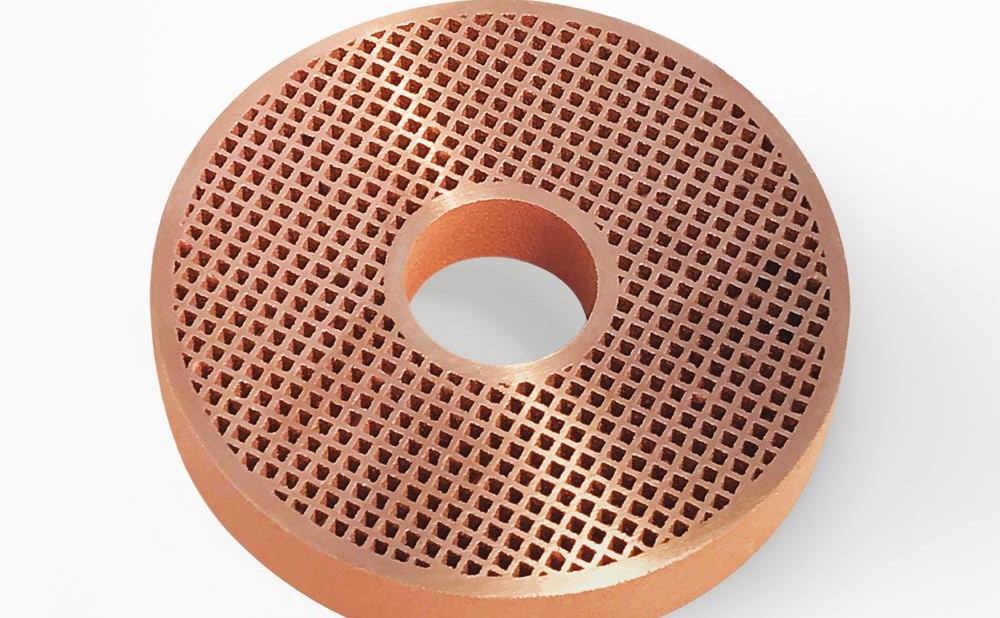
C110
C101 and C110 have high electrical and thermal conductivity, in addition to excellent hot and cold working properties. The main copper machining applications for these alloys are in electrical conductors. They are also widely used in electrical, switches, transformers, heat exchangers, etc.
CNC machining produces parts with excellent mechanical properties, precision and repeatability using metals and plastics. We can provide 3-axis, 4-axis, and 5-axis machining services.
CNC Milling:
Copper alloys can be machined using various techniques. CNC milling is an automated machining that uses computer control to manage the movement and operation of multi-point rotary tools. As the tools rotate and move over the surface of the workpiece, they slowly remove excess material to complete the desired shape and size. Milling can be used to create different design features such as notches, grooves, holes, slots, contours and flat surfaces.
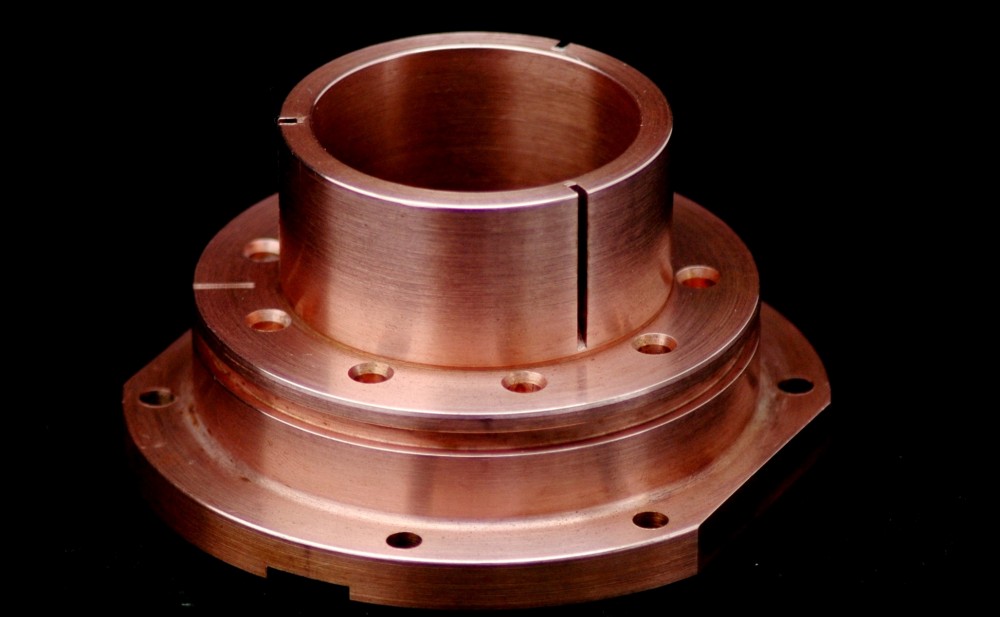
Milled copper
CNC Turning:
Another technique for machining copper is CNC turning, in which the tool remains stationary while the workpiece moves to produce the desired shape. CNC turning is a highly adaptable machining system used to manufacture many electronic and mechanical components.
When turning copper workpieces, it is important to pay attention to speed, as copper is an excellent heat conductor and it generates more heat than other materials, which increases tool wear over time.
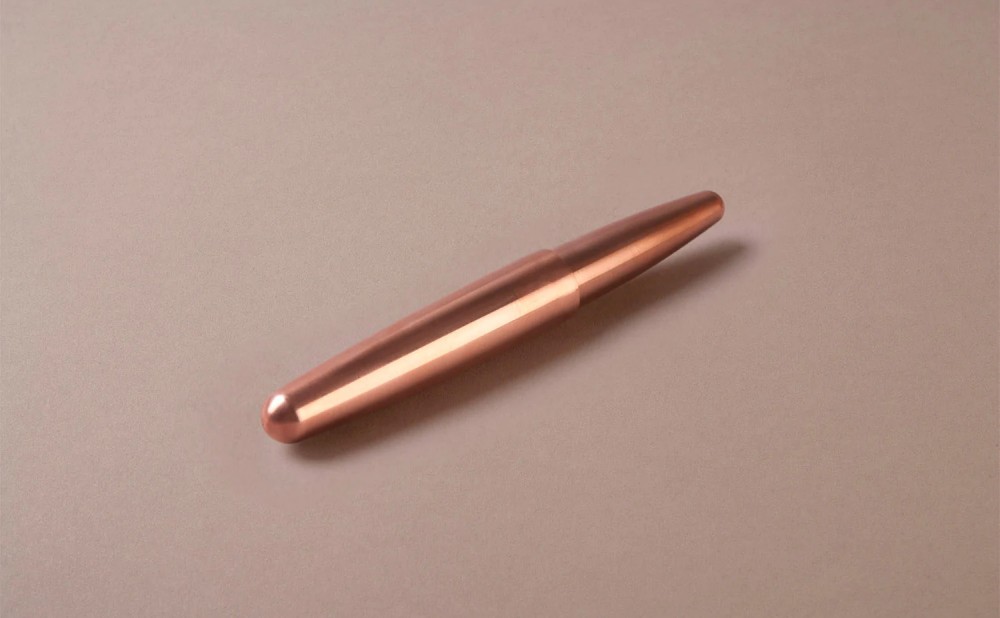
Turned copper
Surface Treatment
Generally, copper is used for its thermal and electrical conductivity. As a result, many of the surface finishes used on other machined metals are not suitable, hindering these properties. So you have to do some surface treatment. Listed below are some suitable finishes for copper.
Electrolytic polishing:
Copper can be electropolished and is an excellent choice for finishing copper. Extremely smooth and shiny surfaces can be obtained. Electrolytic polishing can further improve corrosion resistance without affecting electrical conductivity.
Electroplating:
Metal plating of copper is often used to help prevent oxidation of its outer surface while maintaining electrical and thermal conductivity. In particular, precious metal plating (such as silver or gold plating) can provide low contact resistance to maintain excellent electrical conductivity and solderability.
Cooperation Process
1. Contact us with the drawings of your products.
Files formats are accepted when clients send us drawing.
3D: Pro/E, UG
2D: Auto CAD
Accepted file format: .igs, .prt, .stp, .x_t, .dxf, .dwg, .pdf, .jpg, .tif, .bmp, .doc, .xls.
2. Receive our offer.
We will send you the quotation sheet as soon as possible.
3. Place the orders
4. Make payments.
5. Engineers write programs for products.
6. Production.
Machining types: CNC milling, CNC turning, grinding, stamping, bending, welding, die casting, drilling, tapping and injection molding.
CNC machining range:
Aluminum: 6061, 6063, 6061-T6, 7075, 5052, 2017, 6083.
* Steel: Q215,Q235,10# 15#, 45#, S136, SKD11,718H.
* Copper/brass / bronze.
* Titanium / TC4.
* Plastic: Delrin (POM), Teflon, Nylon, PA, PC, PMMA, Ultem (PEI), PTFE.
* Stainless steel: 303, 304, 316, 430, 420.
Surface treatment: laser engraving LOGO, Anodizing, Sandblasting, Plating chrome, Plating nickel, RoHS zin, Assembly, Welding, Heat treating, and so on.
7. QC checks the quality of machinery machining parts.
8. Packing.
9. Delivery.
For more information and consultation, contact us here!
Email:Pearl@kesugroup.com
Tel: +86 18897461780

